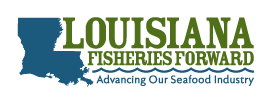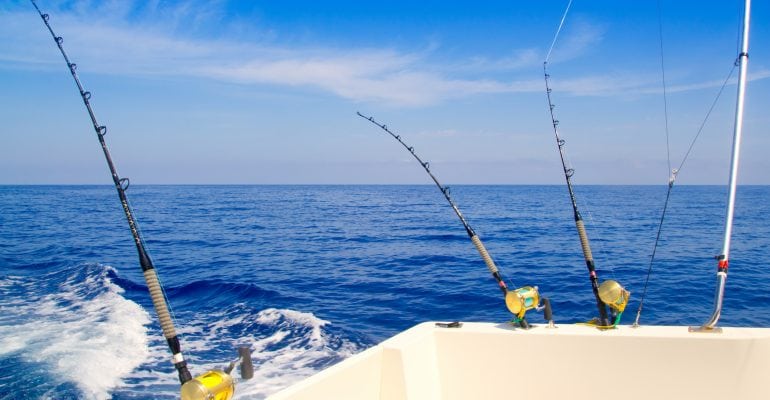NOAA Fisheries announces a final rule for gray snapper in the Gulf of Mexico. This rule reduces the annual catch limit for Gulf of Mexico gray snapper.
WHEN WILL THE RULE TAKE EFFECT:
- The rule becomes effective on December 17, 2020.
WHAT THIS MEANS:
- The final rule reduces the annual catch limit from 2.42 million pounds whole weight (mp ww) to 2.24 mp ww for the 2020 fishing year, and 2.23 mp ww for 2021 and subsequent fishing years.
- This rule does not change any existing gray snapper bag limits or size limits.
FORMAL FEDERAL REGISTER NAME/NUMBER: 85 FR 73238, published November 17, 2020.
This bulletin serves as a Small Entity Compliance Guide, complying with section 212 of the Small Business Regulatory Enforcement Fairness Act of 1996.
Frequently Asked Questions (FAQs)
Why is this happening?
- The gray snapper population was recently assessed.
- This action updates catch limits consistent with the outcome of the assessment.
Why is the annual catch limit being reduced?
- The current gray snapper annual catch limit of 2.42 mp ww was initially set in 2012 using landings data from 1999-2008.
- In 2018, a gray snapper stock assessment was completed, which showed that although the population was not overfished, the population had been undergoing overfishing.
- After accounting for scientific and management uncertainty, the Gulf of Mexico Fishery Management Council recommended the annual catch limit be set at 2.24 mp ww for 2020, and 2.23 mp ww for 2021 and subsequent years to end overfishing.
What other actions are in Amendment 51?
- The amendment set criteria for determining the status of the gray snapper population.
- It established the maximum sustainable yield, optimum yield, and overfished threshold for gray snapper.
- It revised the overfishing threshold for gray snapper.
What are status determination criteria?
- National standard guidelines for the Magnuson-Stevens Fishery Conservation and Management Act require that each fishery management plan specify a maximum sustainable yield and optimum yield for each fish population.
- The maximum sustainable yield is the maximum level at which a natural resource can be routinely exploited without long-term depletion.
- Optimum yield is the amount of fish that will provide the greatest overall benefit to the Nation, particularly with respect to food production and recreational opportunities while taking into account the protection of marine ecosystems.
- National standard guidelines require an overfishing threshold. If the rate of harvest exceeds this level (too many fish are being caught), the population is considered undergoing overfishing and action needs to be taken to reduce the number of fish being caught per year.
- National standard guidelines require an overfished threshold. If the population size falls below this level, then a rebuilding plan is needed to let the population recover to a level that allows the optimum number of fish to be caught.
Where can I find more information on Amendment 51?
- Contact NOAA Fisheries, Southeast Regional Office
By Mail: Peter Hood NOAA Fisheries, Southeast Regional Office Sustainable Fisheries Division 263 13th Avenue South St. Petersburg, Florida 33701-5505 By FAX: (727) 824-5308 By Phone: (727) 824-5305
- Amendment 51 may be found online at the NOAA Fisheries Southeast Regional Office Web site at: https://www.fisheries.noaa.gov/action/amendment-51-establish-gray-snapper-status-determination-criteria-and-modify-annual-catch.





